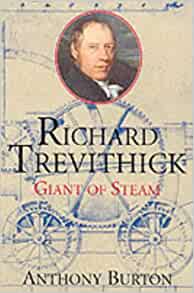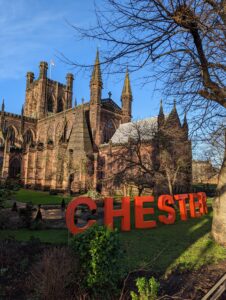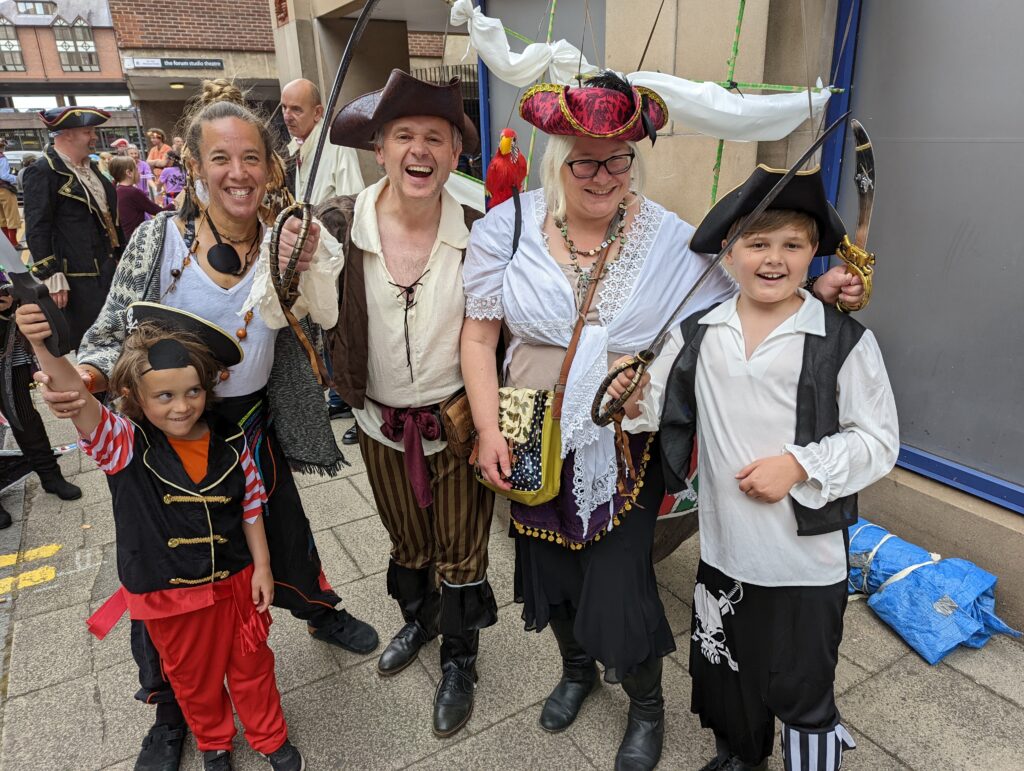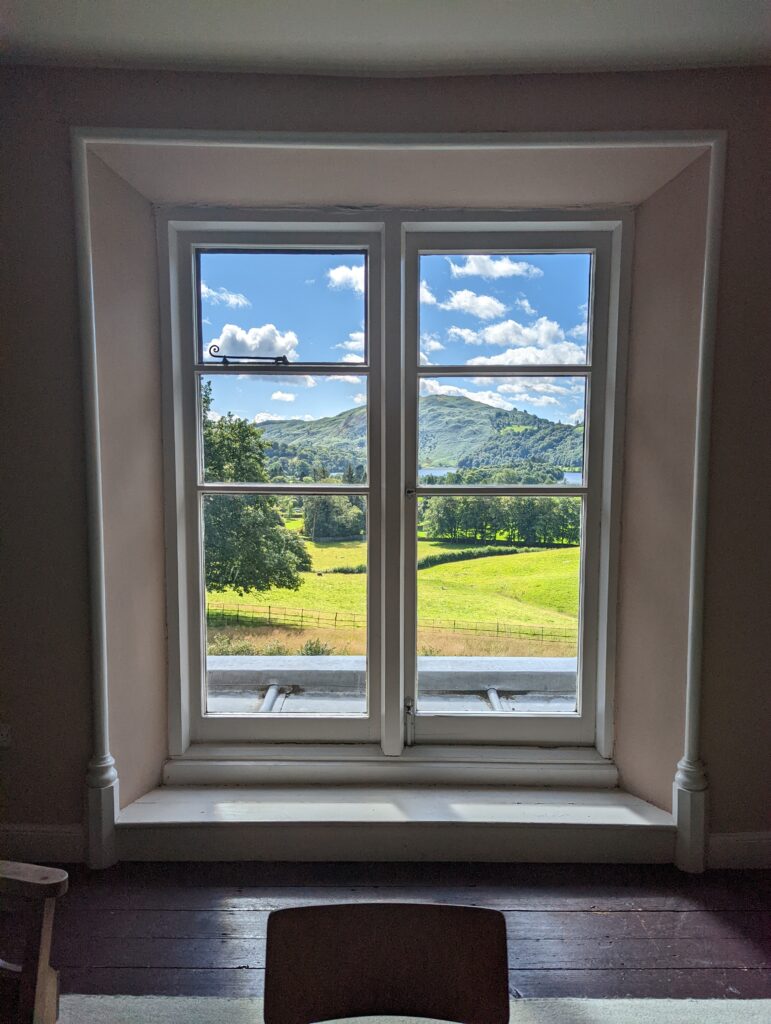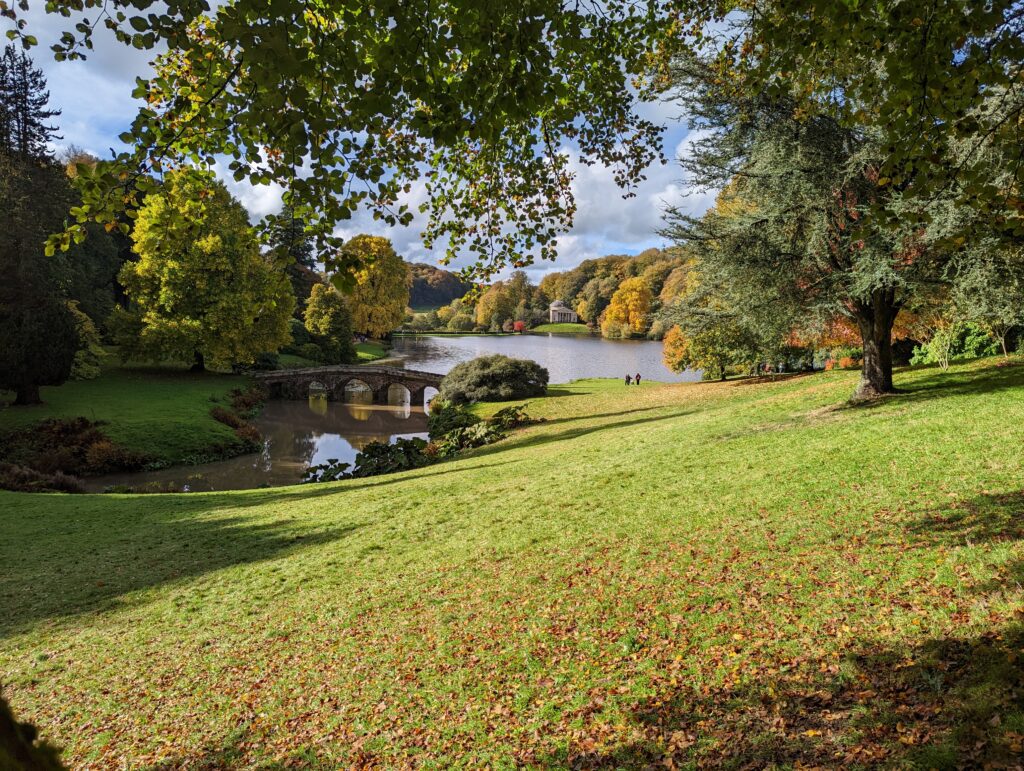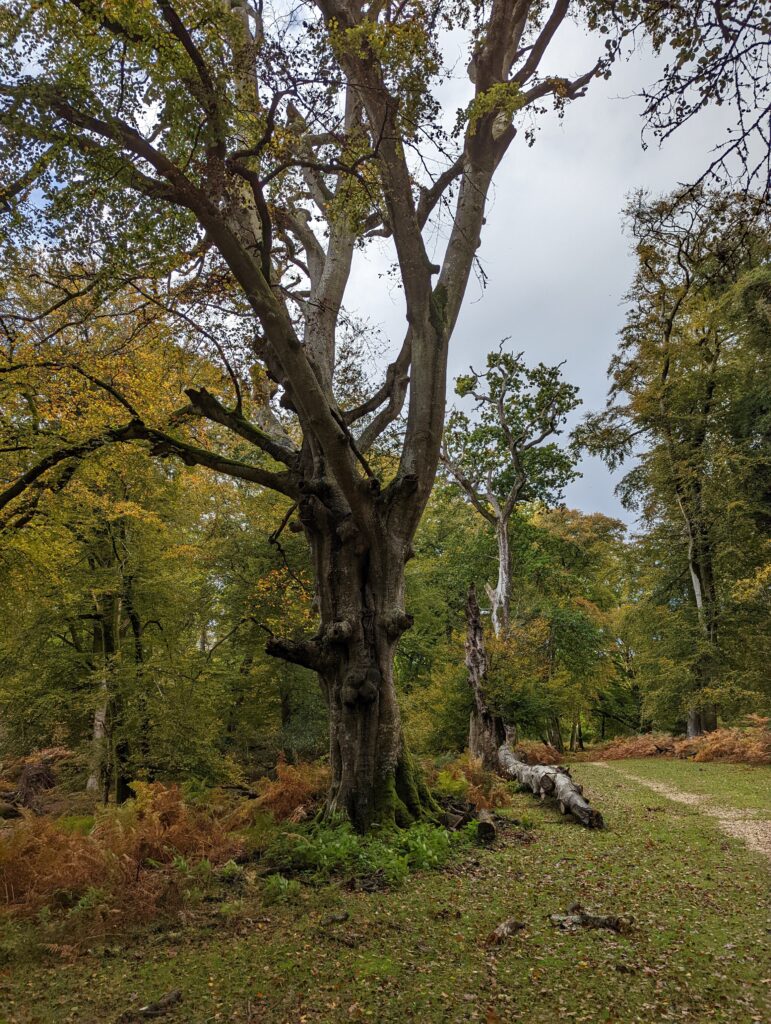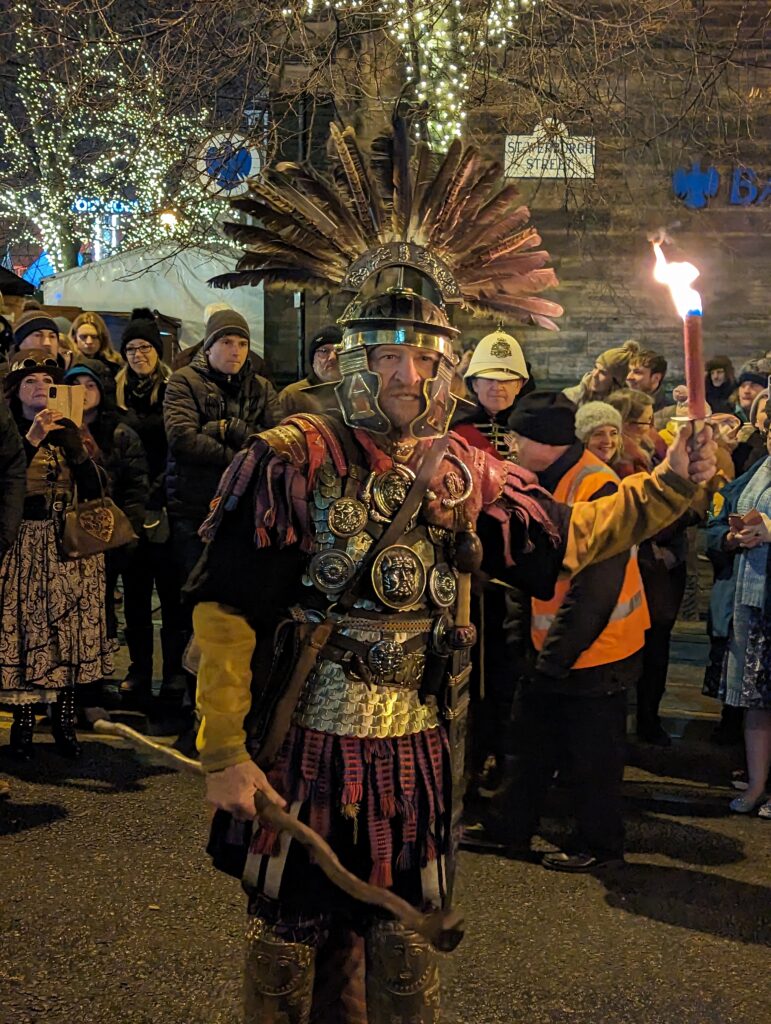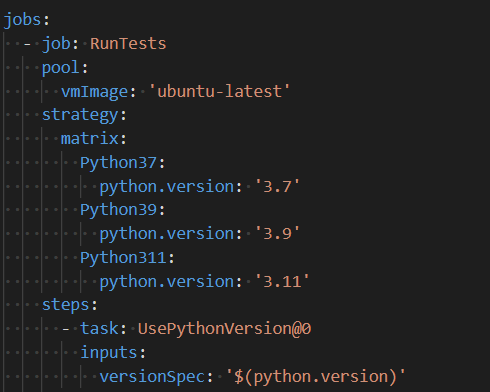A second hand book to review this time, Richard Trevithick – Giant of Steam by Anthony Burton. I bought it in Malvern. Richard Trevithick is best know as the inventor of the steam railway locomotive – the first person to put a steam engine on a carriage with wheels and put that carriage on metal rails. This followed his demonstration of a steam road carriage in 1801, with the railway locomotives in the following couple of years.
Richard Trevithick was born near Camborne in Cornwall to Ann Teague (a miners daughter) and Richard Trevithick Senior, a mine “captain”, in 1771. He died in 1833. He had a wife, Jane who would be well-described as “long-suffering” – Trevithick had little interest in providing a steady income for his family or at least if he had the desire he was inept at executing it and was briefly bankrupt in 1815. Furthermore he left for South America for a period of 11 years from 1816 to 1827, with little communication back home with his wife and friends in England during that period. Despite this his six children, and his wife, seemed to have held him in at least some regard and his son Francis, at the very least in high regard. Jane Trevithick lived until 1868.
The Cornish mining milieu is a key feature of his upbringing and subsequent career. The mine “captains” were very hands-on managers who led mining operations at the Cornish mines. They often had significant financial interest in mines. Cornwall in the 18th century was seen as a bit of an English Wild West with a degree of opposition to ideas developed outside the area. Steam engines had been born in the South West to drain mines, with the first made by Thomas Savery in 1698, followed by Thomas Newcomen’s more practicable engine invented in 1712. Both Savery and Newcomen were from the neighbouring county of Devon.
The James Watt / Matthew Boulton steam engine was to dominate the market for steam engines in the United Kingdom from 1775 until the end of the 18th century. It was a more efficient engine than those that went before, commercially it was protected aggressively by Watt and Boulton using patents which supressed other developments in the area until they expired.
Trevithick had a fairly minimal education but seemed to be a very adept calculator, he was a large, strong man with something of a temper. This caused him problems later in life with some of his inventions which essentially failed because he fell out massively with his backers/potential customers and stopped work on them. He had a life-long friendship with Davies Gilbert who was more scientifically inclined. Trevithick quickly moved to working in the local mines first as a helper to his father but then in his own right. It’s interesting that steam engines would have been a regular part of the Cornish mining industry for seventy or so years before Trevithick entered the scene. Developments were clearly relatively slow until the arrival of the Watt/Boulton engine. The key scientific development in the area, the discovery of latent heat – the energy required to bring water from the liquid to gaseous state – was only published in 1763 by Joseph Black.
On railway locomotives it turned out Trevithick was a little before his time, George Stephenson was to successfully kick off the railway revolution with the Stockton and Darlington Railway in 1825 and the Liverpool and Manchester line in 1829 – twenty or so years after Trevithick’s demonstration. Trevithick’s effort suffered from two issues, one systematic issue was Trevithick’s approach which was to demonstrate many ideas but never to follow them through to successful, commercial exploitation. The second, technical, issue was that iron rails at the time were not tough enough to handle the weight of a steam engine and soon fractured. Interestingly Robert Stephenson, George’s son and a significant railway engineer in his own right, met Trevithick in Columbia in 1826.
Trevithick’s real innovation was in developing a high pressure steam engine, operating at pressures ultimately in excess of 150 psi compared the Watt-Boulton engine operating at less than 10 psi. This gave Trevithick a compact and flexible power source that could be used for a variety of purposes and, according to his vision, could actually physically propel itself to new work. Essentially he had invented the traction engine which wasn’t to be successfully patented and exploited until the 1860s.
Trevithick moved to London with his family in 1803, he had demonstrated his railway locomotive and a road stream carriage there initially but he moved on to work on dredging for the new docks, and also a tunnel under the Thames. He was frustrated that the Admiralty were unwilling to take on any of his ideas. Ultimately nothing came of his London stay, other than he was made briefly bankrupt. That said, he actually did a pretty good job on a tunnel under the Thames, a task only successfully completed by the Brunels following nearly 20 years of work from 1824.
Soon after returning to Cornwall from London he left again, this time without his family, to Peru where he had been taken on to supply and install steam engines for the mint in Lima, and a mine in Cerro de Pasco. His plans in Peru were foiled by revolution. He then moved on to Costa Rica, where he started a pearl-fishing business using a diving bell he had designed a few years earlier. He also attempted to start a gold mine but was unable to raise sufficient finance for this.
He died in 1833, 6 years after having returned from South America.
I’ve missed out any mention of Trevithick’s threshing machine, his ideas for steam-powered boats, a diving bell and using iron containers to carry liquids on boats!
I found this book fascinating, I’ve previously read books on Thomas Telford, George and Robert Stephenson, Matthew Boulton, Isambard Kingdom Brunel, and William Armstrong who collectively span the Industrial Revolution in England – Trevithick fits into the earlier part of this story.
It has led me to wondering a little about being “before their time”, this was very apparent in the Trevithick story with so many of his ideas only coming to fruition decades after he died. Was he exceptional or is this not so uncommon – we simply don’t hear about those whose ideas required other developments for them to work? The names that have been prominent from the Industrial Revolution are those that not only invented but also were commercially successful, at least some of the time – leaving lasting monuments to their ideas.

